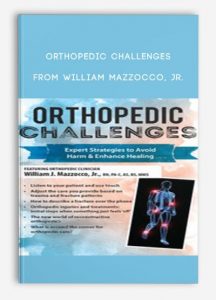 Orthopedic Challenges from William Mazzocco, Jr.
Orthopedic Challenges from William Mazzocco, Jr.
Outline:
Trauma – Head to To
- Internal and external fixation devices, including the Ilizarov techniques
- Shoulder girdle injuries: Clavicle fractures, AC joint injuries and shoulder dislocations
- Shoulder dislocations anterior and posterior
- Humeral fractures
- Rotator cuff injuries
- Elbow injuries
- Wrist and forearm fractures
- Hands and fingers
- Pelvis and hip injures
- Femoral fractures
- Quadriceps tears
- Knee injuries: Chondral, ligament and meniscal injuries
- Lower leg: The tibia and fibula
- Ankle and foot injuries: Fractures, sprains, List-Franc injuries and Achilles tendon ruptures
- Spine
- Compartment syndrome – Pain not responsive to analgesia and loss of pulses (late finding)
Pediatrics
- The pediatric epiphysis description
- The approach to the pediatric patient
- High index of suspicion – Protecting the patient
- Salter-Harris classifications and their significance
- Slipped capital femoral epiphysis
Degenerative/Reconstructive Orthopedics
- Baby boomers, longevity, and joints
- John Charnley, M.D.
- Total joint replacements: Hips, knees, shoulders and ankles
- Prosthesis types
- Methods of fixation, cemented, pressfit, and bone ingrowth
- Risks and benefits associated with total joint arthroplasty
- Arthroscopy
- Spine and disc surgery: Anatomy and terminology
- HNP and spinal stenosis
- Complications including infections, dislocations and chromium serum levels
- Post-operative weight bearing: ROM whys and why nots
Sports Medicine: The Weekend Warriors
- The rotator cuff SITS
- Epicondylitis medial and lateral
- Carpal tunnel syndrome
- The knee and the Terrible Triad
- Ankle sprains and injuries
The Orthopedic Work Up
- Orthopedic physical exam: Based on anatomy
- “Where does it hurt?”
- Listening and touching
- X-rays
- CT scans
- MRIs
- Laboratory analysis
- Describing a fracture over the phone: Open or closed, along with location
- The how and why of asking intelligent questions
New in Orthopedics
- Stem cell research: Mesenchymal stem cells in bone marrow stromal cells and vascular bone grafts
- Total joints: Robotic assisted surgery, stand-alone surgery centers
- Arthroscopies: Hip arthroscopies for labrum tears and impingement
- Fracture stabilization: Optimal within 24 hours especially in geriatric patients
Description:
- Listen to your patient and use touch
- Adjust the care you provide based on trauma and fracture patterns
- How to describe a fracture over the phone
- Orthopedic injuries and treatments: Initial steps when something just feels ‘off’
- The new world of reconstructive orthopedics
- What is around the corner for orthopedic care?
Healthcare professionals who work across diverse settings, regardless of specialization or certification, need to know how to take care of an orthopedic patient. You may not know all the procedures and/or devices, but you need to be able to ask appropriate questions to provide the patient care needed. No one wants to cause harm out of ignorance. . .
Orthopedics is not just about trauma and broken bones. Today orthopedics has matured into a major surgical sub-specialty. Gone are the days of just putting a cast on a fracture or placing a patient into some form of skeletal traction for a long bone fracture. The expansion in treatment options has mirrored the aging of the “baby boomers”. Individuals are expected to be active and productive well into their 70s and 80s. Medicine is helping us live longer…but our joints are still wearing out. Attend this comprehensive educational day to properly meet the needs of the complex orthopedic patients who come your way!
More information about Medical:
Medicine is the science and practice of establishing the diagnosis, prognosis, treatment, and prevention of disease.
Medicine encompasses a variety of health care practices evolved to maintain and restore health by the prevention and treatment of illness.
Contemporary medicine applies biomedical sciences, biomedical research, genetics, and medical technology to diagnose, treat, and prevent injury and disease,
typically through pharmaceuticals or surgery, but also through therapies as diverse as psychotherapy, external splints and traction, medical devices, biologics, and ionizing radiation, amongst others.
Medicine has been around for thousands of years, during most of which it was an art (an area of skill and knowledge) frequently having connections to the religious and
philosophical beliefs of local culture. For example, a medicine man would apply herbs and say prayers for healing, or an ancient philosopher and physician would apply bloodletting according to the theories of humorism.
In recent centuries, since the advent of modern science, most medicine has become a combination of art and science (both basic and applied, under the umbrella of medical science).
While stitching technique for sutures is an art learned through practice, the knowledge of what happens at the cellular and molecular level in the tissues being stitched arises through science.


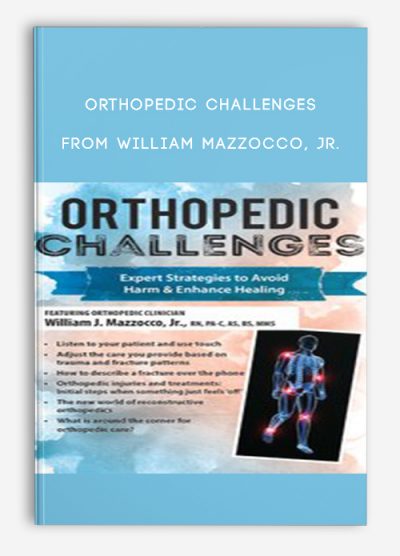


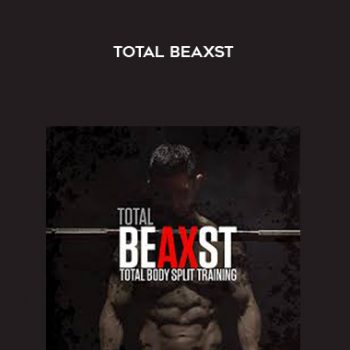
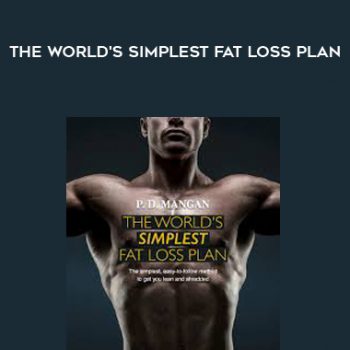
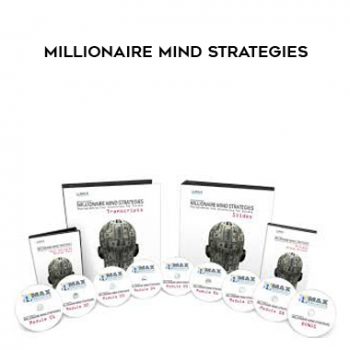
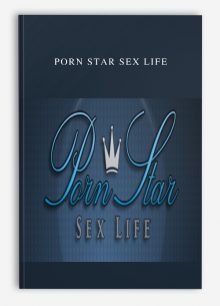
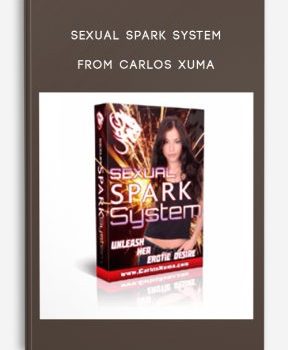
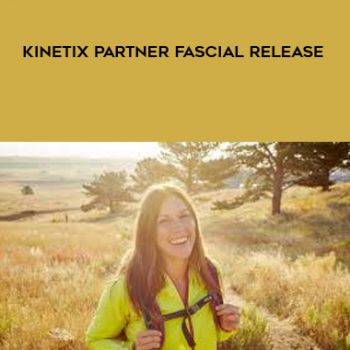
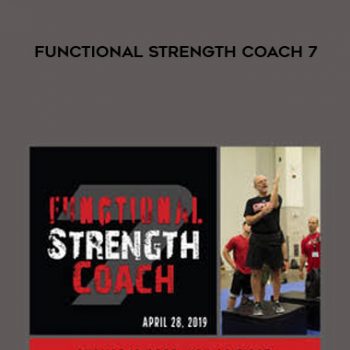

tristian –
This is Digital Download service, the course is available at Coursecui.com and Email download delivery.